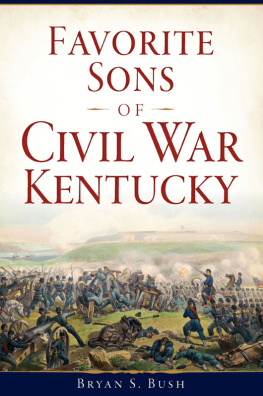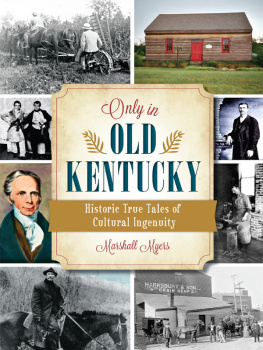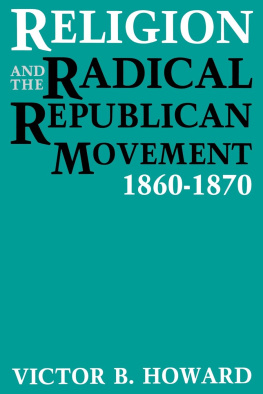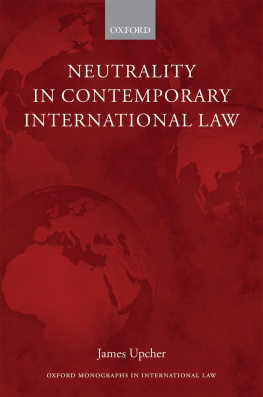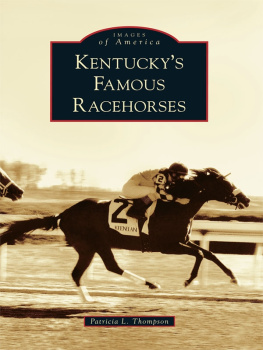
2012 by James W. Finck
All rights reserved. No part of this publication may be reproduced, stored in a retrieval system,
or transmitted, in any form or by any means, electronic, mechanical, photocopying, recording, or
otherwise, without the prior written permission of the publisher.
First edition, first printing
Library of Congress Cataloging-in-Publication Data
Finck, James W.
Divided Loyalties : Kentuckys Struggle for Armed Neutrality in the Civil War / James W.
FinckFirst edition.
pages cm
Includes bibliographical references and index.
ISBN 978-1-61121-102-3
EPUB ISBN: 9781611211030
1. KentuckyHistoryCivil War, 1861-1865. 2. KentuckyPolitics and Government
1861-1865. 3. Neutrality, ArmedKentuckyHistory19th Century. 4. KentuckyDefenses
History19th Century. 5. Allegiance-KentuckyHistory19th Century. I. Title.
E509.F56 2012
976.9'03dc23
2012035936

Savas Beatie LLC
989 Governor Drive, Suite 102
El Dorado Hills, California 95762
www.savasbeatie.com (web)
(email)
Savas Beatie titles are available at special discounts for bulk purchases in the United States by
corporations, institutions, and other organizations. For more details, please contact Special Sales,
P.O. Box 4527, El Dorado Hills, CA 95762, or you may e-mail us at sales@savasbeatie.com, or visit
our website at www.savasbeatie.com for additional information.
Printed in the United States of America.
For my amazing wife and kids
Contents
List of Photos
List of Charts
List of Maps
Foreword
T he oft-cited aphorism attributed to Abraham Lincoln in 1861 that I hope to have God on my side, but I must have Kentucky, is almost certainly apocryphal. Certainly, at the least, no authentic contemporary source in his own hand or in one of his speeches has yet been found that contains the famous phrase. Certain it is, however, that Lincoln did write that for the Union to lose Kentucky would be tantamount to losing the whole game. Moreover, if asked, Jefferson Davis, president of the Confederate States of America, almost certainly would have expressed the same sentiments from his point of view.
A Confederate Kentucky would have given the South the wide Ohio River as its central northern border from the Appalachians to the Mississippi, with only one bridge spanning it at Cincinnati. That would make invasion from the North far more challenging and difficult than simply marching legions across an artificial state line on dry land. A Union Kentucky meant no river to cross, easy access to the Tennessee and Cumberland Rivers as routes of naval advance into the Southern heartland, and every road running south a potential avenue of invasion. Moreover, mountainous eastern Kentucky held the key to access to what was soon to be West Virginia, and even more to Southwest Virginia, that resource rich region so vital to Jefferson Davis, not least because it held the only direct rail connections between Richmond and the western Confederacy.
It requires only a cursory look at Richmonds efforts to take Kentucky away from Lincoln to demonstrate just how important the Bluegrass State was to the South. West of the Appalachians the Confederacy launched only two major campaigns of invasion outside its own borders, and the largest of these was General Braxton Braggs fall 1862 Perryville Campaign. Even before that, and continually afterward, Confederate authorities set smaller campaigns afoot to take Kentuckys star for its own banners [in fact a star representing Kentucky did appear on Confederate national and battle flags, another indication of Southern aspirations]. The very last Southern offensive of the war, General John Bell Hoods Tennessee Campaign of late 1864, had the Ohio as its ultimate goal.
Far more work has been done on how North and South viewed and vied for the state, than on what Kentuckians themselves felt about their uniqueand uniquely hazardousposition between the contending parties. James Fincks Divided Loyalties: Kentuckys Struggle for Armed Neutrality in the Civil War is the first discrete work to speak for them, or rather, to look at and interpret how they spoke for themselves. Challenging the long-held post-war assumption that Kentuckians were overwhelmingly pro-Union from the outset, Finck skillfully analyzes their political expression through local, state, and national elections, the actions of their legislature and governor, and the Bluegrass press, to find a body politic far more conflicted, and far more motivated by self-interest and survival than ideology or sectional loyalty. His challenges to old assumptions are going to require historians for some time to come to rethink old truisms. Even those who may reject Fincks conclusions are still going to have to address them head-on.
Finck concentrates his study on the first year of the war, the year in which Kentucky made its choiceor was forced into it, depending on ones point of view. Yet there are other later indicators that he is right in suggesting that all was not as it has seemed for so long. Another old aphorism about the state is historian E. Merton Coulters statement that Kentucky waited until after the war was over to secede from the Union. What Coulter meant, of course, was the phenomenon of the state, which during the war rejected the Confederacy, falling politically and socially into the hands of its own former Confederate leaders for half a century after Appomattox. If a man entertained any hope of political success in the state, he almost had to demonstrate wartime service in gray. Paducah-bred Irwin S. Cobb capitalized on this phenomenon after the turn of the century when he wrote his charming Old Judge Priest, whose plot turned repeatedly on the necessity for a Confederate pedigree to get ahead even in small-town Kentucky, and on how some former Unionists retroactively galvanized their pasts to suit.
In short, what happened after the war can be read to suggest that sentiment in the state for secession and the Confederacy before the war was far greater than believed. Kentuckians during Reconstruction and after were doing what they felt they had to do to survive in their contemporary world, just as in 1860-1861, as Finck argues, they did what they had to do less from ideology than from an instinct for self-preservation. The lot of the man in the middle in a crisis is rarely a happy one, as almost all of the moderate Kentucky leaders of 1861-1861 discovered to their cost. John C. Breckinridge, Beriah Magoffin, Lazarus Powell, and more, saw their political careers destroyed in their efforts to find a middle way between secession on the one hand, and siding with the North in a war on fellow Southerners on the other. In such a climate, survival is reduced to a very personal and individual level.
Divided Loyalties is about just that, survival. The crisis and the war that followed were everyones contest, and everyones tragedy, yet in Kentucky the choices were harder, and the stakes greater, as men and brothers faced the awful prospect of having to choose not against some distant enemy, but against family and friends. No matter what route to survival a Kentuckian chose, it was sure to put him on the road to a collision with the people most dear to him.
William C. Davis
Introduction
W hat set Kentucky apart from other states during the Civil War was its interesting relationship with both the North and the South. Although numerous books and articles have been written to explain why states broke their ties with the Union, far fewer have been written to explain why one particular slave state remained loyal. Officially, Kentucky sided with the Union during the Civil War; yet Kentuckians were connected culturally, economically, socially, and through the practice of slavery with the Confederacy. Kentucky sat on the border between the two nations and had loyalties to both.
Next page

